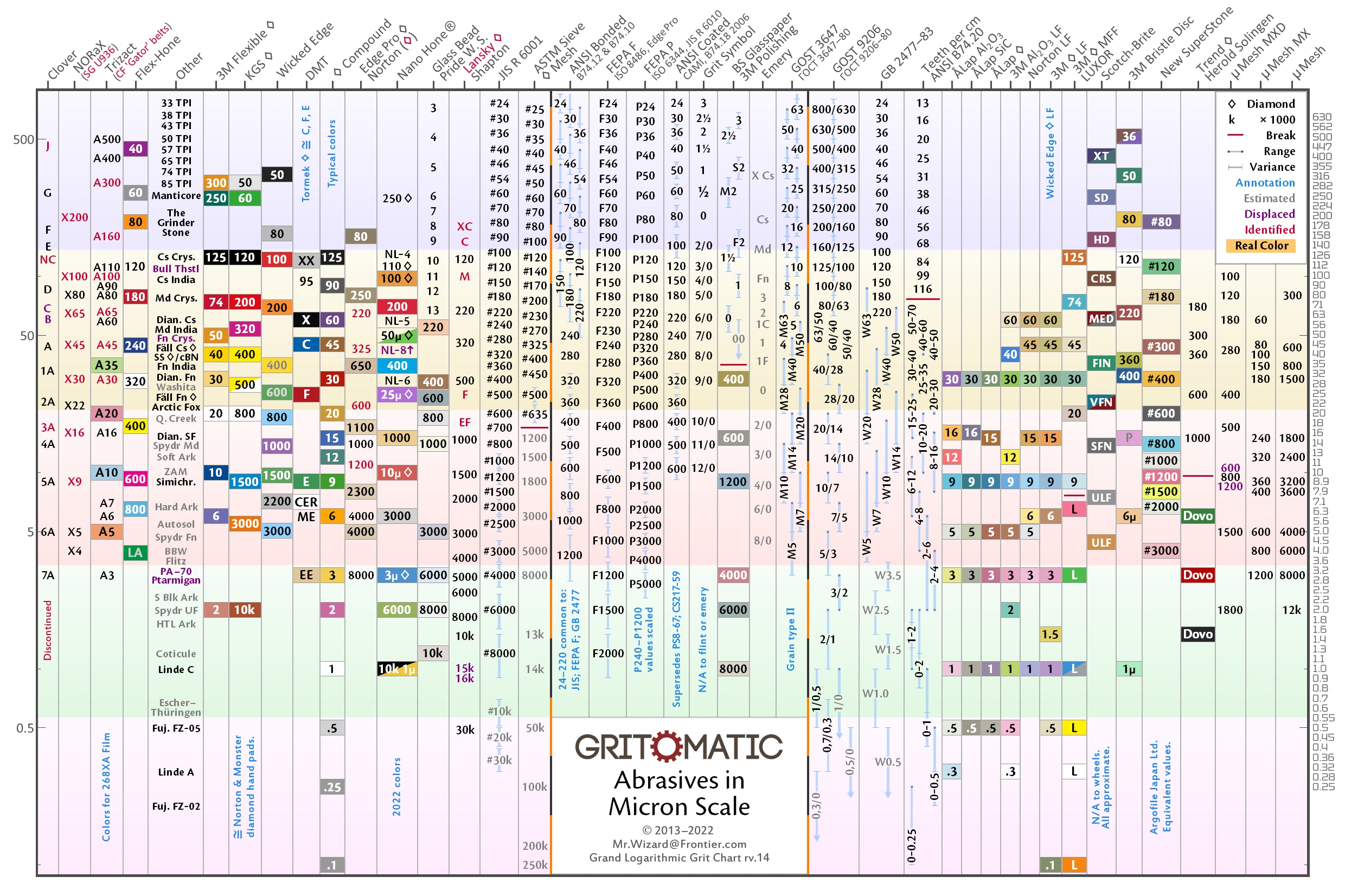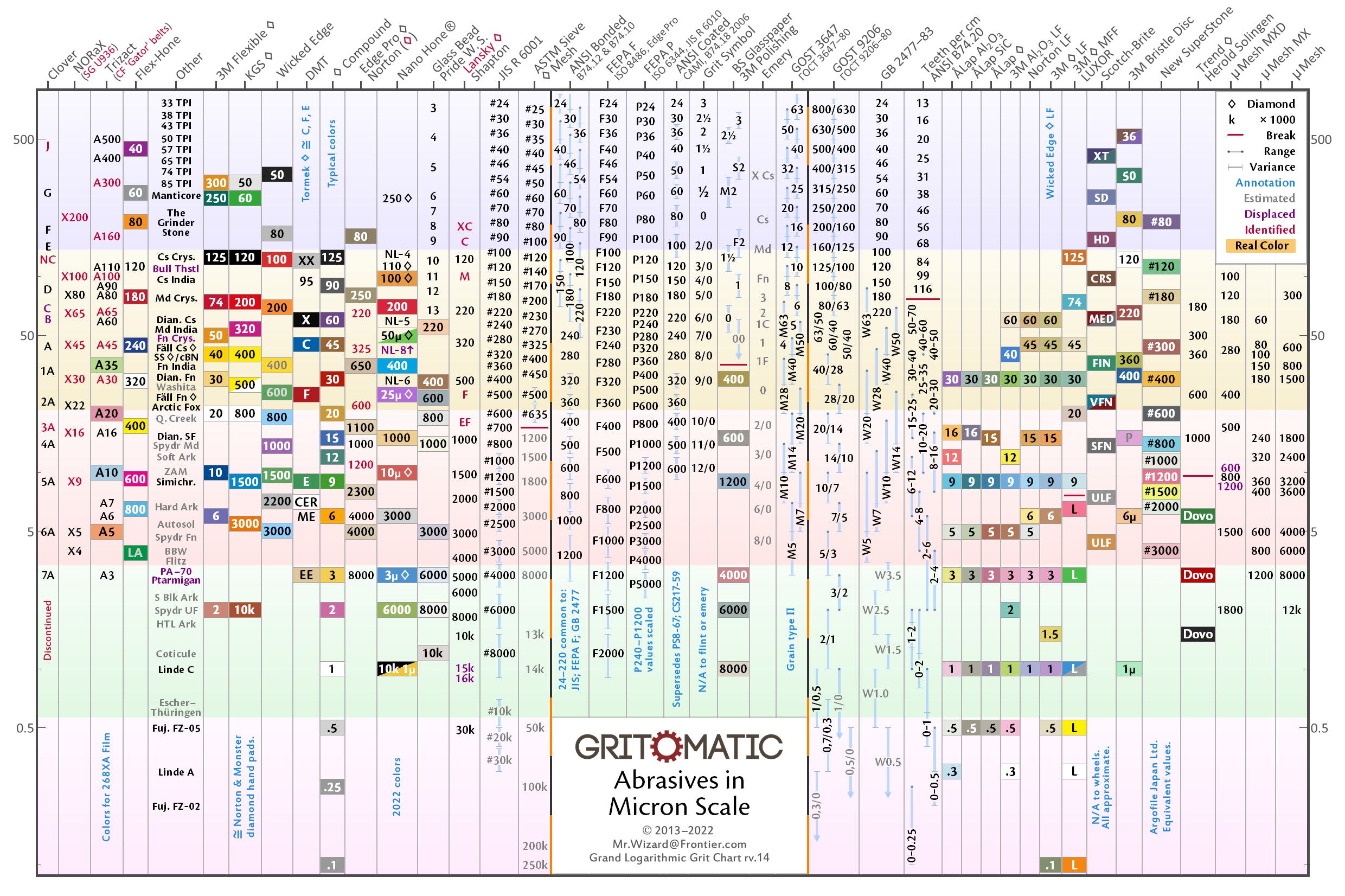Камень Хосера 4" x 1"
- #1 Best Seller in 🪨4" Синтетика
SKU: CHOSERA-400-KMEX
НАЛИЧИЕ: На складе (2 Товары)
Free Shipping
on orders over $50
Returns in 14 Days
following delivery date
Military Discounts
active, retired, veterans
Chosera sharpening stones are used for sharpening knives on small guided knife sharpeners. Chosera is a high-end series from Naniwa made of aluminum oxide with the magnesia binder. The magnesia binder gives Chosera excellent sharpening quality and performance, and high wear resistance.
Chosera series stones are universal and can be used to sharpen knives of any steel.
Chosera should be used with water as a lubricant. Do not soak Chosera stones in water for more than a few seconds. Just splash, or use a water spray. Never store stones in water. Never dry near heat.
Attention. To reach the best result for the first sharpening session, stone lapping is recommended. Lapping is optional. During break-in period (no lapping), exposed irregularities will go away and the surface becomes smooth.
Disclaimer. For international markets, Naniwa uses names "sharpening stone" for Super Stones and "professional stone" for Chosera. Such generic names are confusing. We use more recognizable names "Super Stone" and "Chosera".


![Камень Хосера [4" x 1"]](http://ru.gritomatic.com/cdn/shop/files/chosera-stone-kmex_490x.progressive.jpg?v=1763721125)
![Камень Хосера [4" x 1"]](http://ru.gritomatic.com/cdn/shop/files/chosera-stone-kmex-400_490x.progressive.jpg?v=1763721125)
![Камень Хосера [4" x 1"]](http://ru.gritomatic.com/cdn/shop/files/chosera-stone-kmex-600_490x.progressive.jpg?v=1763721125)
![Камень Хосера [4" x 1"]](http://ru.gritomatic.com/cdn/shop/files/chosera-stone-kmex-800_490x.progressive.jpg?v=1763721125)
![Камень Хосера [4" x 1"]](http://ru.gritomatic.com/cdn/shop/files/chosera-stone-kmex-1000_490x.progressive.jpg?v=1763721125)
![Камень Хосера [4" x 1"]](http://ru.gritomatic.com/cdn/shop/files/chosera-stone-kmex-2000_490x.progressive.jpg?v=1763721125)
![Камень Хосера [4" x 1"]](http://ru.gritomatic.com/cdn/shop/files/chosera-stone-kmex-3000_490x.progressive.jpg?v=1763721125)
![Камень Хосера [4" x 1"]](http://ru.gritomatic.com/cdn/shop/files/chosera-stone-kmex-5000_490x.progressive.jpg?v=1763721125)
![Камень Хосера [4" x 1"]](http://ru.gritomatic.com/cdn/shop/files/chosera-stone-kmex-10000_490x.progressive.jpg?v=1763721125)
![Камень Хосера [4" x 1"]](http://ru.gritomatic.com/cdn/shop/files/chosera-stone-kmex_70x.progressive.jpg?v=1763721125)
![Камень Хосера [4" x 1"]](http://ru.gritomatic.com/cdn/shop/files/chosera-stone-kmex-400_70x.progressive.jpg?v=1763721125)
![Камень Хосера [4" x 1"]](http://ru.gritomatic.com/cdn/shop/files/chosera-stone-kmex-600_70x.progressive.jpg?v=1763721125)
![Камень Хосера [4" x 1"]](http://ru.gritomatic.com/cdn/shop/files/chosera-stone-kmex-800_70x.progressive.jpg?v=1763721125)
![Камень Хосера [4" x 1"]](http://ru.gritomatic.com/cdn/shop/files/chosera-stone-kmex-1000_70x.progressive.jpg?v=1763721125)
![Камень Хосера [4" x 1"]](http://ru.gritomatic.com/cdn/shop/files/chosera-stone-kmex-2000_70x.progressive.jpg?v=1763721125)
![Камень Хосера [4" x 1"]](http://ru.gritomatic.com/cdn/shop/files/chosera-stone-kmex-3000_70x.progressive.jpg?v=1763721125)
![Камень Хосера [4" x 1"]](http://ru.gritomatic.com/cdn/shop/files/chosera-stone-kmex-5000_70x.progressive.jpg?v=1763721125)
![Камень Хосера [4" x 1"]](http://ru.gritomatic.com/cdn/shop/files/chosera-stone-kmex-10000_70x.progressive.jpg?v=1763721125)

![Naniwa Snow White 8000 Stone [6" x 1"]](http://ru.gritomatic.com/cdn/shop/files/snow-white-8000-stone-edge-pro_600x.progressive.jpg?v=1764726734)
![Узкий камень Chosera [6" x ½"]](http://ru.gritomatic.com/cdn/shop/files/chosera-narrow-stone-edge-pro_600x.progressive.jpg?v=1763725190)
![Камень Хосера [6" x 1"]](http://ru.gritomatic.com/cdn/shop/files/chosera-stone-edge-pro_600x.progressive.jpg?v=1763724073)


